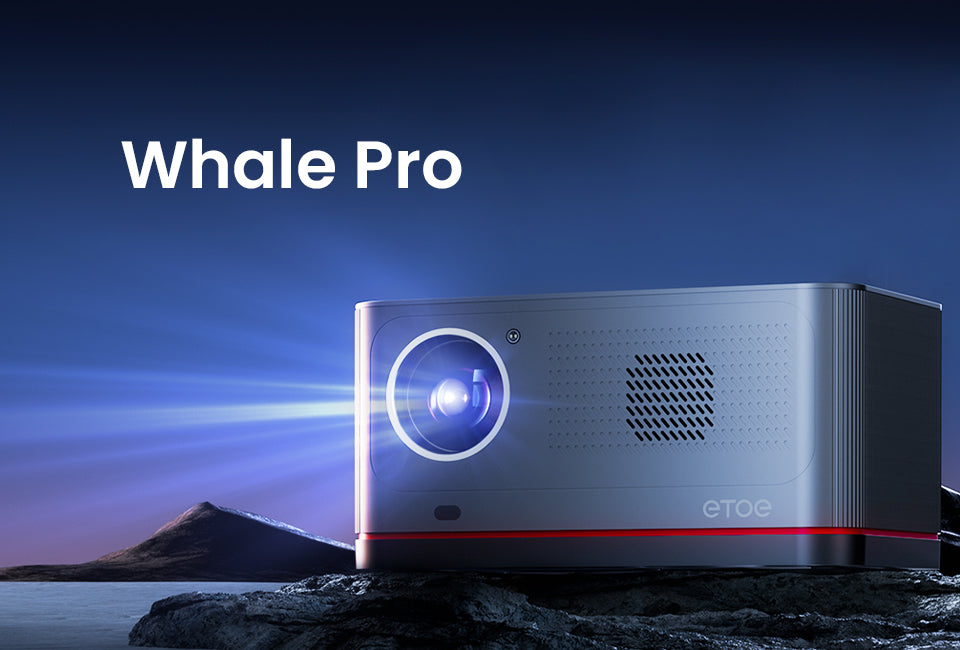Introduction: When it comes to choosing the right projector for your needs, one of the critical factors to consider is brightness. However, the world of projector brightness can be a bit complex, as there are several different units used to measure it. In this blog post, we'll explore these various units and help you gain a better understanding of how to select the perfect projector for your specific requirements.
-
Lumens (lm): Lumens are perhaps the most common and widely used unit for measuring projector brightness. Lumens quantify the total amount of visible light emitted by a projector. In essence, higher lumens mean a brighter image. When choosing a projector, consider your intended use and the ambient lighting in the room. For home theaters or darkened conference rooms, projectors with lower lumens can suffice. However, in well-lit spaces, you'll want a projector with higher lumens to ensure a clear, vibrant image.
-
ANSI Lumens: ANSI (American National Standards Institute) lumens represent a standardized method for measuring projector brightness. This measurement considers various factors, such as the uniformity of light distribution and the effect of ambient light. ANSI lumens provide a more accurate indication of how a projector will perform in real-world conditions, making it an essential metric to evaluate, especially for business and education settings.
-
Foot-Lamberts (fL): Foot-Lamberts measure the brightness of the projected image in relation to the size of the screen. It takes into account both screen size and projector brightness to determine the ideal illumination for comfortable viewing. While not as common as lumens or ANSI lumens, foot-lamberts can be valuable for ensuring the right balance of brightness for a given screen size and viewing distance.
-
Nits (cd/m²): Nits, or candela per square meter, are a unit of measurement used to evaluate the brightness of displays, including projectors. Nits are crucial in determining how well a projector can handle high dynamic range (HDR) content. Projectors with higher nit ratings are better equipped to deliver vivid, lifelike images with improved contrast and detail in HDR content.
-
Contrast Ratio: While not a unit of brightness per se, contrast ratio is a vital factor in a projector's ability to display a clear image. A higher contrast ratio indicates that the projector can distinguish between dark and light areas more effectively. This contributes to image clarity and sharpness, especially in scenes with a wide range of brightness levels.
Conclusion: Understanding the various units used to measure projector brightness is essential for selecting the right projector for your specific needs. Whether you prioritize lumens, ANSI lumens, foot-lamberts, nits, or contrast ratio, it's important to consider the context in which you'll be using the projector. Different units provide different insights into a projector's performance, helping you make an informed choice that ensures the best viewing experience for your home theater, business presentations, or educational purposes.






Leave a comment
This site is protected by hCaptcha and the hCaptcha Privacy Policy and Terms of Service apply.